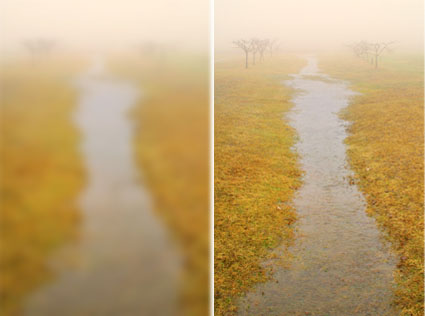8 Essentials To Achieve Perfectly Focused Exposures
Use these 8 essential practices to achieve optimally focused exposures.
1 Focus
Set focus in an image intentionally; placing focus in an image unintentionally is usually a deal breaker. Switch autofocus mode to AI Servo only for subjects that are moving predictably. Use manual focus for times when auto focus is likely to fail you, typically scenes with low contrast, including but not limited to low light and night photography.
2 Eliminate Camera Blur
Use a tripod whenever practical. Lacking a tripod, use a nearby prop to stabilize the camera during exposure. When shooting hand, held brace your body in a stable position. Whenever appropriate use the minimum shutter speed you can hand hold without motion blur; for most people this is 1 second divided by the focal length - i.e. 50mm + 1/50th of a second. Shoot in bursts of three or more; nine times out of ten one exposure will be sharper than the others.
3 Use Sharp Lenses
Higher quality lenses not only deliver sharper images, they do so from center to edge and with minimal chromatic aberration (caused by a lenses inability to focus all wavelengths of light on the same plane). Compare lens MTF charts to see how sharp a lens is and when it is sharpest.
4 Use The Sharpest Aperture
The sharpest aperture, generally f8 or f11, varies from lens to lens. Test your lens to find out which aperture is sharpest. The smallest aperture (f22 or equivalent) delivers the greatest depth of field (acceptable lack of focus) but slightly compromises sharpness in image areas that are perfectly focused. It’s a trade off; make it only when it’s beneficial.





